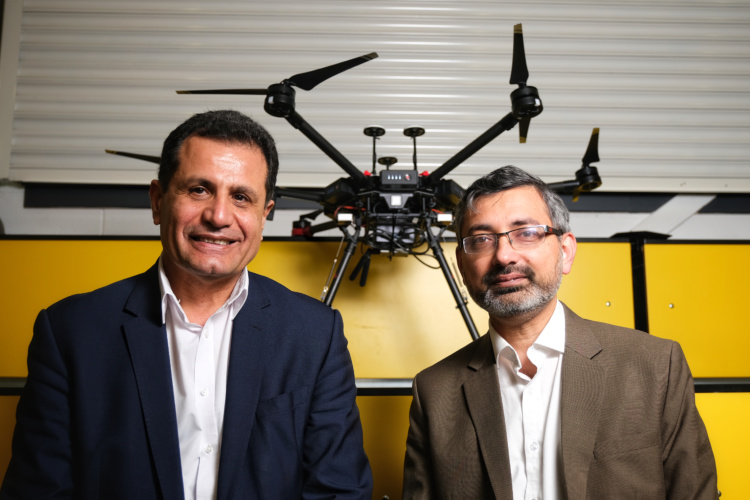The technology developed through the so-called DARE project (Distributed Autonomous and Resilient Emergency Management System), uses a system of portable, battery-powered communications nodes which use ultra-fast 5G networking to communicate with airborne drones to deliver wireless internet access to users on the ground.

The group behind the initiative, which includes researchers from the universities of Glasgow, Surrey, Kingston and Malaya, claim that it could be used to provide mobile connectivity to disaster zones.
UK project to develop 5G satellite technology for vehicles
Explaining the background Dr Yusuf Sambo, from the University of Glasgow’s school of engineering said: “Whenever man made or natural disasters occur…mobile networks normally go down either due to network destruction or congestion [due to everyone trying to access the network]. This affects first responders, search and rescue operatives, and even people trying to contact their loved ones."
The project, which received £1.2m funding from the Engineering and Physical Sciences Research Council’s Global Research Challenge Fund, reached its conclusion on 12th March with a demonstration at the University of Glasgow’s Stevenson Building.
During this trial, five network nodes, around 200m apart from each other, were scattered around the inside the building where they were used to deliver a continuous 5G network signal to users via a specially adapted off the shelf drone.
Sambo said that the idea is that during use a drone would be parked on top of a building in order to establish a network. “Rather than fly continuously you use the drone to lift the network to a certain platform above ground so you have good coverage and just leave it there. Then once you need to decommission it you just fly the drone down.”
He added that the system doesn’t have to be deployed on a drone. “The communication system itself is just 3.5kg, including the battery pack, so it’s very light and compact and highly portable which is why it can go on a drone, but it can be mounted almost anywhere.”
The group is now considering follow on projects that expand the scope of the technology. Ultimately, they hope to make the technology available to first responders on the scene of terrorist attacks or natural disasters like earthquakes or tsunamis. They claim that the technology could also be used to ensure access to communications in less critical circumstances, like large-scale concerts, where traditional networks often struggle to cope with providing service to every attendee.




Red Bull makes hydrogen fuel cell play with AVL
Formula 1 is an anachronistic anomaly where its only cutting edge is in engine development. The rules prohibit any real innovation and there would be...